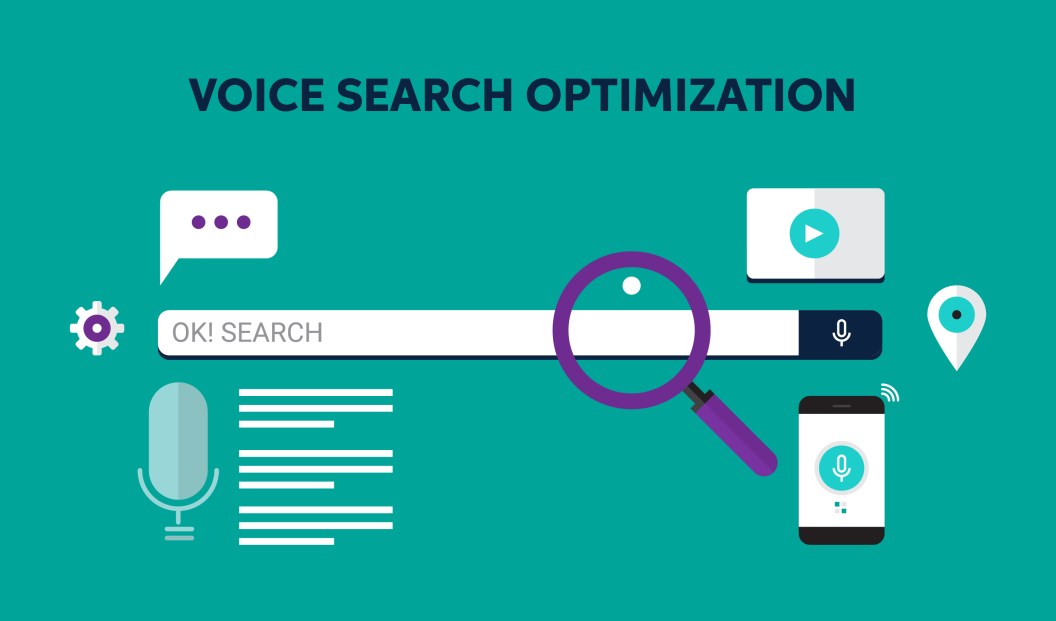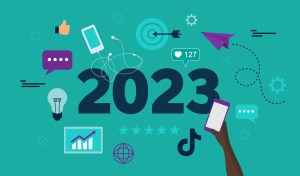Seven Marketing Trends to Influence Your 2023 Strategy
It’s 2023 and between choosing a resolution for yourself and focusing on the year’s upcoming business and strategy goals, you’re probably already exhausted. Don’t stress, we’ve compiled a list of what to keep on your radar for marketing trends so your digital strategy keeps up with quickly evolving technology, regulations, and advances.
Decreased Cookie Tracking
You’ve seen the pop-ups with consent options that began displaying on all sites after Google announced its phase-out of third-party cookies in 2020. Originally projected to be completely phased out by the end of 2023, third-party cookies are a heavily relied upon tracking and audience targeting tool for marketers. While first-party cookies will remain, this gives an advantage to large companies who collect data on their own sites and leaves mid to smaller-sized businesses vying for data. Google balked on the 2023 deadline with a late announcement last summer that the total phase-out will not be complete until Q1 of 2024.
Safari and Firefox have both rolled out options for complete cookie control. In the case of Firefox, their Total Cookie Protection uses “cookie jars” to disallow cross-site tracking and places site data into its associated “jar”. Google released Smart Shopping and Performance Max that act as “black box” marketing.
Google Analytics 4
Google is on a roll with deprecating platforms! Google Analytics 4 (GA4) is replacing Universal Analytics and is set to completely take over later this year in July. GA4 is more streamlined in its approach to tracking, which requires additional parameters be established through Google Tag Manager or directly in GA4. Since most metrics do not align identically, it’s best practice to set up a parallel property. (Psst, we have a whole blog on how to do this here!)

User-Generated Content
Less than 7% of the population trusts mass media “a great deal” according to a recent Gallup poll. How do you gain the trust of your customers? User-generated content focuses on brand-specific content created by your customers and shared on social media or other platforms like emails, landing pages, or cart checkouts. Highly customizable and able to follow trends, UGC brings warmth and humanness to a brand while influencing engagement and increasing conversions. Your job as a marketer falls into the curation part!
Influencers
It’s aesthetic. Day in my life. Not sponsored. Hashtag. The absolute chokehold social media has on the population (and my vocabulary) is astounding. With over 2 billion active users on Instagram, 2.29 billion on YouTube, and 80 million on TikTok, influencers have massive audiences to distribute content. As we discussed above, customers are less likely to trust a brand but easily trust their favorite influencers ranging from restaurants to skincare to mufflers for cars. Utilizing influencers provides trust in your brand and inspires loyalty.

Live Streaming
Live streaming gained popularity during the pandemic, but it hasn’t tapered off in the slightest. Over 548 billion hours of live streaming were consumed in 2021, with 23.% of viewers responding the entire reason they’re on social media is for live streaming. Combined with influencer recommendations, live streams allow brands to have an advocate interact directly with the customers, engage with the products or services, answer questions, and allow purchases directly from the stream.
Artificial Intelligence
Was this blog written by a bot? No, but that’s highly possible in the near future. Marketers use AI on a regular basis through targeted reach, self-servicing capabilities, and predictions. Changes to AI capabilities mean greater flexibility for marketing campaigns and easier access for small to mid-sized businesses. Chatbots are an example of putting AI to use on your site, using learning and natural language processing (NLP) for customers to interact with your brand.
Hey Siri…or Alexa
It doesn’t really matter which operating system you choose to use; the main idea is that people are using voice search in place of traditional keyword searches at an increasing rate. Long-tail keywords, creating featured snippets, and optimizing for local searches can help raise your brand’s visibility in the voice search optimization realm. Plus, it’s safer than texting and driving.

This is a lot of information….
You’re correct! And while marketing trends are constantly evolving, so should your marketing strategy. Analyzing the year previous and attempting to completely plan out a year ahead is a great theory, but events happen that completely change the course of the world (hello, Covid-19!) How do you keep up? Have a framework that allows you to stick to a consistent plan but has room for growth or changes as the economy and digital space advance.
Or, have a complete agency at your fingertips. Contact us today to see how we can help shape your outline and keep up to date with the latest trends. (We’re also not bots).
